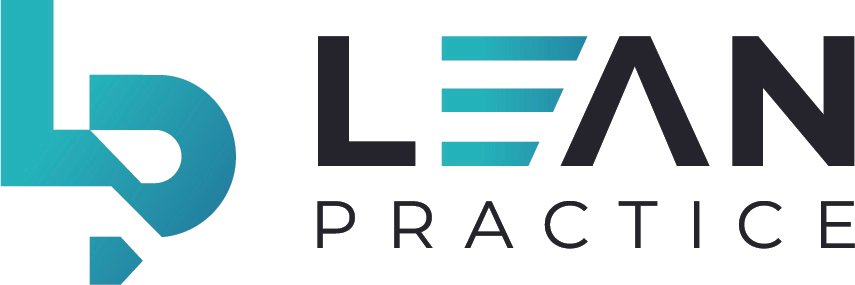Deliver your purpose without the waste
What is Lean?
Lean is a methodology that helps deliver your purpose or value without waste. It helps you to understand the flow of value in your organisation and see all the activities that don't add value. Eliminating or at least reducing activities that don't add value to the end customer and are not enablers to those value-added activities will make your workflow more efficient and effective. You'll be able to do more with less. Less effort, resource, time, cost. Our system is built on this principle to make this way of thinking a practice.
To support "Lean thinking" a new mindset is needed. An ancient Japanese philosophy called Kaizen, that is in all of us.
What is Kaizen?
Kai = “Change” Zen = “Good” Kaizen meaning "Change for the Good"
Some define the meaning to be "change for the better to get closer to the right state". It is a principle to adopt in life, not just in business. Kaizen is a mindset of making everything better than the current or past state. We can apply this concept to the individual level as well as the surrounding environment and within the business. It's a natural human condition to improve and evolve. Adopting Kaizen allows us to choose this natural state and ensure our work environments foster this mindset and let us all thrive. With our Lean Practice, everyone embraces this mindset. We move from a fixed mindset to one of growth.
Lean tools
There are a vast array of tools in the "Lean toolkit". Here are the ones we like to adopt:
Policy Deployment
To go anywhere you need to know where you're going and how you're going to get there. So you can make the right choices, as like most journey's its not all plain sailing.
Value Stream Mapping
This tool helps everyone involved in the entire process understand the flow of value from a customer order trigger, through to the delivery of the product/service. Helping the team to understand the entire flow helps the right improvements to be made.
Process Mapping
Like value stream mapping but on a micro-scale, diving deep into the actual steps we take. Removing steps that don't add value makes the process more efficient.
Visual Management
Creating transparency of all the crucial activities. So at a glance, you know what to do.
8 Wastes
A way of categorising all the waste activities. Learning to see what typically blinds us.
5S
A tool to create a more efficient and organised workplace. Everything has a purpose behind its organisation.
Standard Work
If you don't have a standard to work too, how do you expect a consistent output. If you have standards, but they are not written down, you end up in a remembering game, not a good use of your brains.
Failure Mode Effect Analysis (FMEA)
A method that connects teams to collaborate around potential failures and co-create robust controls to eliminate them. A method to ensure you get things done right first time.
Kata Coaching
Like Value Stream Mapping, improvements come from a better and more in-depth understanding of what is going on. Kata Coaching popularised by Mike Rother helps build this understanding and learning while making improvements. Aimed at the value-added level (where the real work gets done) this coaching technique creates the environment for team members to take the ownership of improvements in their area, it aligns them to the business objectives, and creates the environment for them to feel empowered.

